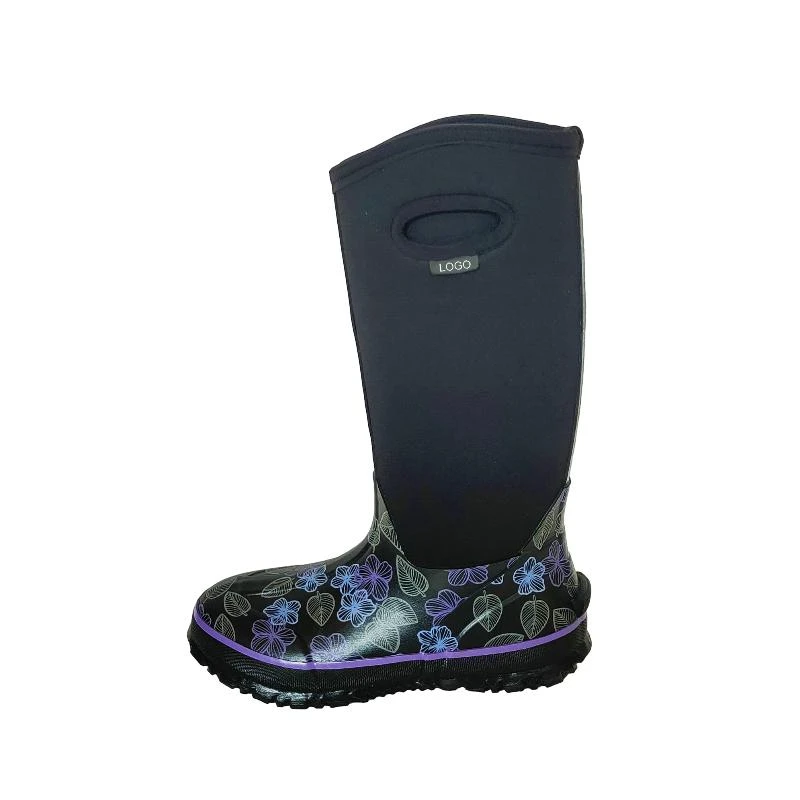Types of Athletic Shoes A Comprehensive Guide
Athletic shoes are an essential part of any active lifestyle, providing the necessary support, comfort, and performance for various sports and activities. With a vast array of options available on the market, choosing the right pair can be quite overwhelming. This article will explore the main types of athletic shoes, highlighting their unique features and intended uses.
1. Running Shoes
Running shoes are specifically designed for runners, offering lightweight construction, cushioning, and stability. They generally have a flexible sole to promote natural foot movement and enhance speed. Within the category of running shoes, there are several different types to consider
- Neutral Running Shoes Ideal for runners with a neutral gait, these shoes offer balanced cushioning and support. - Stability Running Shoes Designed for overpronators, stability shoes provide additional support to prevent excessive inward rolling of the foot. - Motion Control Shoes For runners with severe overpronation, these shoes offer maximum stability and support.
When selecting running shoes, it is crucial to consider factors like foot shape, running style, and the type of terrain you will be running on.
2. Walking Shoes
Walking shoes are crafted for comfort and support during walking exercises. They typically have a cushioned sole and a flexible design, allowing for a natural range of motion. When looking for walking shoes, pay attention to features such as arch support, breathability, and a lightweight build. It’s important to choose shoes that fit well and allow for proper foot movement to prevent blisters and other foot issues.
Cross-training shoes are versatile footwear designed for various sports and fitness activities, including aerobics, weight training, and high-intensity interval training (HIIT). These shoes often feature a flatter sole for better stability during lateral movements and a supportive upper to accommodate different types of exercises. When selecting cross-training shoes, look for multi-directional traction and cushioning that can adapt to various activities.
types of athletic shoes

4. Basketball Shoes
Basketball shoes are engineered to provide the necessary support and traction for the unique movements involved in the sport. They typically have a high-top design to offer ankle support and cushioning in the sole for shock absorption during jumps and quick direction changes. Basketball shoes also feature a rubber outsole with a herringbone pattern for optimal grip on the court. When choosing basketball shoes, consider the player’s position and style of play, as these factors can influence the type of shoe needed.
5. Tennis Shoes
Tennis shoes are specifically designed for the lateral movements and quick pivots required in the sport. They generally have a durable outsole that provides traction on different court surfaces, such as grass, clay, or hard courts. Some tennis shoes feature additional cushioning and support to handle the impact of quick sprints and sudden stops. When selecting tennis shoes, consider the type of court you’ll be playing on, as certain features are better suited for specific surfaces.
6. Trail Running Shoes
For those who enjoy off-road running, trail running shoes are the perfect option. These shoes feature a rugged outsole with deep lugs for traction on uneven terrain, as well as a reinforced toe box to protect against rocks and debris. Trail running shoes often have a water-resistant upper and added cushioning to absorb shocks from the trail while providing stability on unpredictable surfaces. When choosing trail running shoes, consider the type of trails you’ll be running on and the level of protection you need.
7. Soccer Cleats
Soccer cleats are essential for players looking to enhance their performance on the field. These shoes have specially designed studs on the outsole that offer traction and support during fast-paced movements. Depending on the playing surface (natural grass, turf, or indoor), there are different types of soccer cleats, including firm ground, soft ground, and turf shoes. When selecting soccer cleats, consider your position and playing style to ensure the best performance.
Conclusion
Choosing the right pair of athletic shoes is crucial for optimizing performance and preventing injuries. Whether you are a runner, walker, or engaged in sports like basketball or soccer, understanding the unique characteristics of each type of athletic shoe can help you make an informed decision. Prioritize comfort, fit, and specific features that match your activity to ensure you get the most out of your athletic pursuits.
-
Stay Dry in Any Condition with WadersNewsJul.17,2025
-
Elite Performance with Camouflage Combat BootsNewsJul.17,2025
-
Dry and Comfortable with Green Rubber Garden ShoesNewsJul.17,2025
-
Convenient Protection with Foldable RainbootsNewsJul.17,2025
-
Comfort and Protection with Neoprene Work BootsNewsJul.17,2025
-
Brighten Rainy Days with Floral Rain BootsNewsJul.17,2025
-
Safety Wellies: The Ultimate Combination of Protection, Comfort, and VisibilityNewsJun.19,2025











